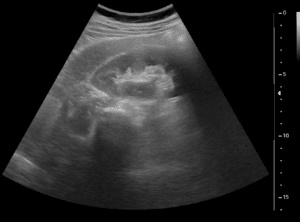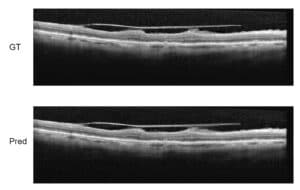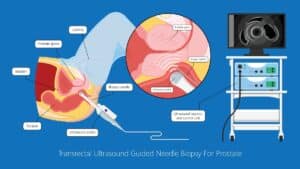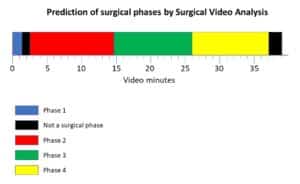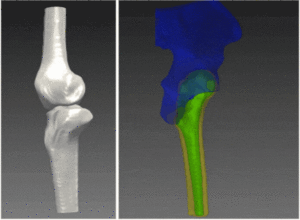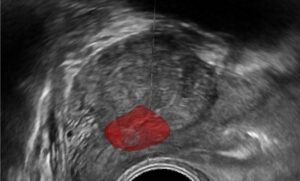![]()
Despite the available frameworks for tracking, natural scenes and videos pose extreme difficulties in applying these framework off the shelf. In many, if not all the cases, the tracking algorithm needs to be adjusted and tweaked to match lighting condition, features characteristic to the object tracked and various other noise and abnormalities. For this end, in nearly all cases of object tracking in videos a tailor-made solution needs to be constructed.
Custom software for object tracking in videos
RSIP Vision specializes in tailoring solution for the computer vision, image processing and machine learning domains. Our experienced engineers have been solving video tracking problems by creating in-house solutions for virtually all domains of applications. For example, our video tracking software is used by the Zoological Department at Tel Aviv University, where our technology helps study animal behavior. The software uses advanced algorithms that ‘learn’ to predict animal behavior, allowing real-time video tracking as the animals move around.
RSIP Vision’s algorithms can detect and follow a subject through video footage, tracking the figure even when occluded, and identifying the figure when viewed by multiple cameras or surrounded by similar subjects. Video tracking is also used to count objects, measure the distance between objects, as well as extract and analyze statistical data based on the footage. Further, our software tracking objects in videos is also used to detect defects in substances or materials, such as silicon chips. We help our clients efficiently track objects and analyze video footage, saving time, costs and sometimes even human lives.
Please find out in the project pages how RSIP Vision can assist you with your project and contact our engineers to discuss your specific requirements.

